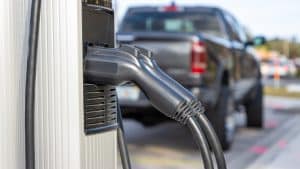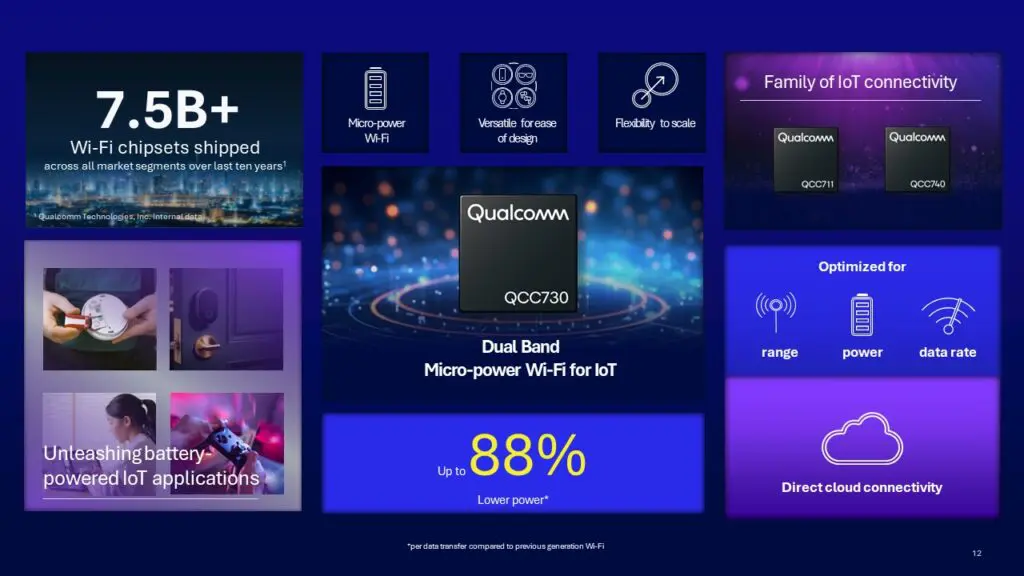EV industry in Canada, over the past five years, has experienced significant growth, marked by substantial investments and initiatives aimed at decarbonization. With emissions from individual transportation accounting for a notable portion of total emissions, Canada aims for 100% EV sales by 2035, emphasizing the urgency of sustainable transportation solutions.
To ensure the viability of EV adoption, the entire supply chain must prioritize efficiency and environmental responsibility. Proposals like the world battery passport aim to track emissions throughout the battery supply chain, promoting green manufacturing practices. However, affordability remains a barrier to widespread EV adoption, particularly in North America, necessitating a balance between industry incentives and affordability measures.
Canada’s Role in Expanding EV Infrastructure and Adoption
Furthermore, as EV adoption increases, expanding infrastructure, especially in rural areas, is crucial. Canada’s potential to establish a robust EV supply chain is recognized globally, with collaborative efforts facilitating industry growth.
The EV Society plays a vital role in advocating for EV uptake and improvement, fostering informed decision-making and community engagement. Sudbury exemplifies effective EV awareness and engagement, showcasing the economic and environmental benefits of EVs. Continued investment in logistics, infrastructure, and accessibility is crucial for realizing the full potential of electric vehicles globally.

Driving Decarbonization: The Evolving Landscape of Canada’s EV Industry
When we cast our minds back to five years ago, the Canadian, and even global, electric vehicle ( EV ) industry was still in its infancy. Within this time, we have seen the development of holistic battery electric vehicle ( BEV ) supply chain, complete with billion- dollar investments, additional mineral processing, battery cell manufacturing, and reskill initiatives to support these sectors.
Everyone wants a car so they can enjoy freedom of movement and access. In response, attention must be drawn to making sure EVs offer a feasible alternative to existing vehicles as the demand for private vehicles is increasing.
Canada’s Commitment to Electric Vehicles and Sustainable Supply Chains
In Canada, around 30- 35 % of all emissions are from individual transportation. Eliminating these emissions will quickly accelerate decarbonisation, explaining Canada’s focus on electric vehicles and target of 100 % EV sales by 2035.
However, if EVs are to meet responsible goals, the supply chain as a whole must become less useless. To create a circular economy that makes the most of resources and guarantees the ability to meet potential demand, action must be taken.
Recently, the concept of a world battery passport, aiming to track the emissions produced across the battery supply chain, has been proposed. Companies and the industry as a whole will be held responsible and able to adopt standards and regulations like these to ensure batteries are produced using low-impact and green methods.
Overcoming Affordability: Addressing EV Adoption barriers in North America
This does not mean that adoption of electric vehicles is an issue. In North America, one of the largest barriers to adoption is affordability.
Some of the EV models currently on the market are large and, therefore, expensive, pricing them out of the ordinary income range without financial incentives.
When introducing these incentives or looking into ways to increase the supply of more inexpensive options in order to lower prices, there needs to be a balance between industry and supply.
Empowering EV Adoption: Expanding Infrastructure to Rural Areas for Seamless Travel
As the adoption of EVs takes hold, the related infrastructure must improve and, likewise, expand. The major urban areas are generally equipped with some form of charging infrastructure, whether at home, curbside, or gas stations.

However, the second expansion stage must provide rural infrastructure for those who want to travel longer distances in light of the increase in EV adoption. There is a lot of remote geography in the North, particularly in Canada, with little else but highways.
Thus, those areas infrastructure needs to be expanded, and reliability needs to be improved to give consumers more assurance that an EV can meet their needs.
Canada’s Collaborative Approach: Paving the Way for Electric Vehicle Industry Success
The ability for focused attention is illustrated by the current Bloomberg NEF report, which cited Canada as the most sought-after location for building a supply chain. What is needed for the EV industry to succeed is well known throughout the country.
At every level, federal, provincial, and municipal governments have collaborated to provide companies with a strong supply chain, qualified workers, and an open line of communication.
Empowering EV Advocacy: The Vital Role of the EV Society in Canada’s Transition
The EV Society is an integral part of this communication. Acting in both a consumer- facing capacity and participating in governmental meetings, the society acts as an intermediary between industry, policymakers, and end- users, advocating for the uptake and improvement of EVs.
The organization late co-founded an industry working group for the EV ecosystem in collaboration with the federal government. This aims to consider how Canada can meet that 2035 target and strive for equitable access, accounting for affordability, rural infrastructure, and complicated urban infrastructure ( e. g., for those living in apartments or unable to charge at home ).
Regular participation in consultations and governmental meetings enables us to represent the consumer and address their concerns. Information is crucial to promoting EV adoption. The society encourages more knowledgeable decision-making by promoting the advantages and dispelling the myths surrounding electric vehicles through normal webinars.
Additionally, it offers a platform for establishing connections and consumer confidence by connecting prospective buyers to current EV drivers in the area.
Sudbury’s Electric Vehicle Success Story: A Model for Economic and Environmental Impact
The EV Society in Sudbury is situated in a special place with a long-established mining industry that dates back more than 100 years. In the area, which is surrounded by extraction and processing, is a great deal of mining knowledge and experience. The neighborhood regularly outstrips average EV adoption, just passing 1, 000 EVs on the road, a remarkable achievement for a 185,000-strong community. Sudbury is a prime example of how awareness and engagement are essential for the adoption of electric vehicles (EVs), and she is now pointing out how local economy is directly affected by EV sales.
The significant economic and environmental benefits that electronic vehicles have must continue to be supported and encouraged by Canada and the rest of the world. Globally, if we are to meet clean targets, we cannot afford to lose momentum in the adoption of EVs. The work must then be directed into logistics, infrastructure, and similar access. Governments, companies, and the general population everywhere must be assured that the future of transportation also lies in electricity.











